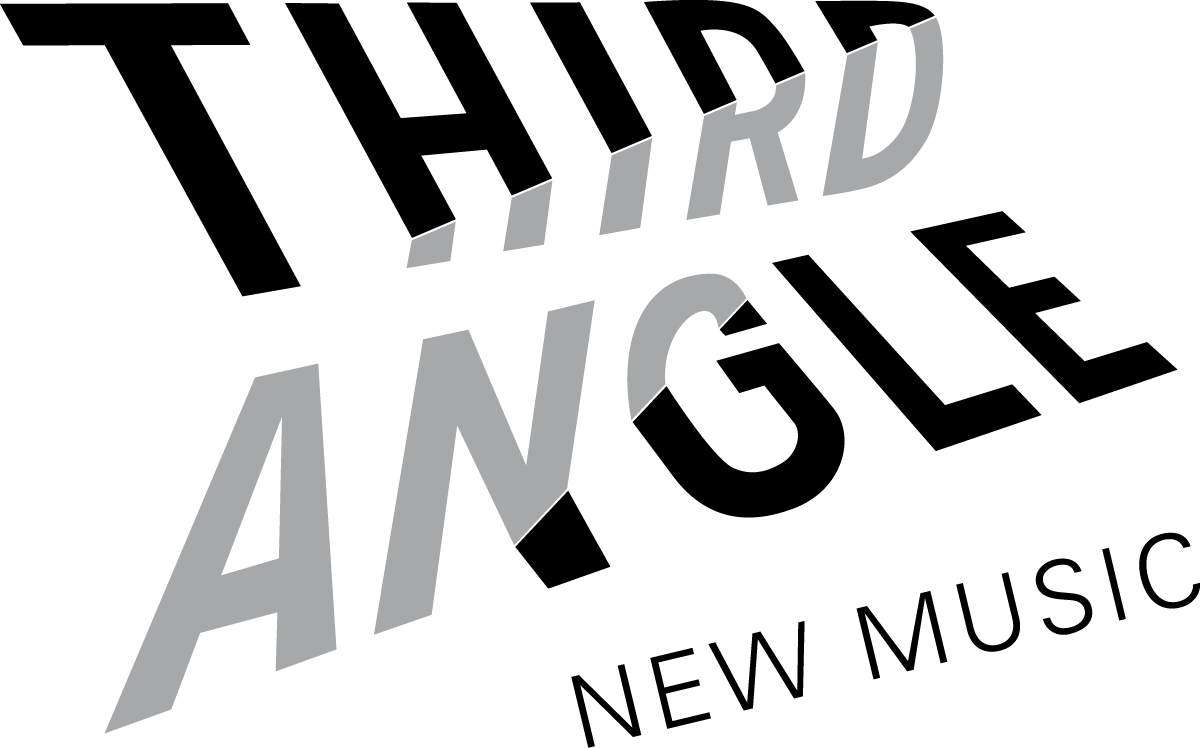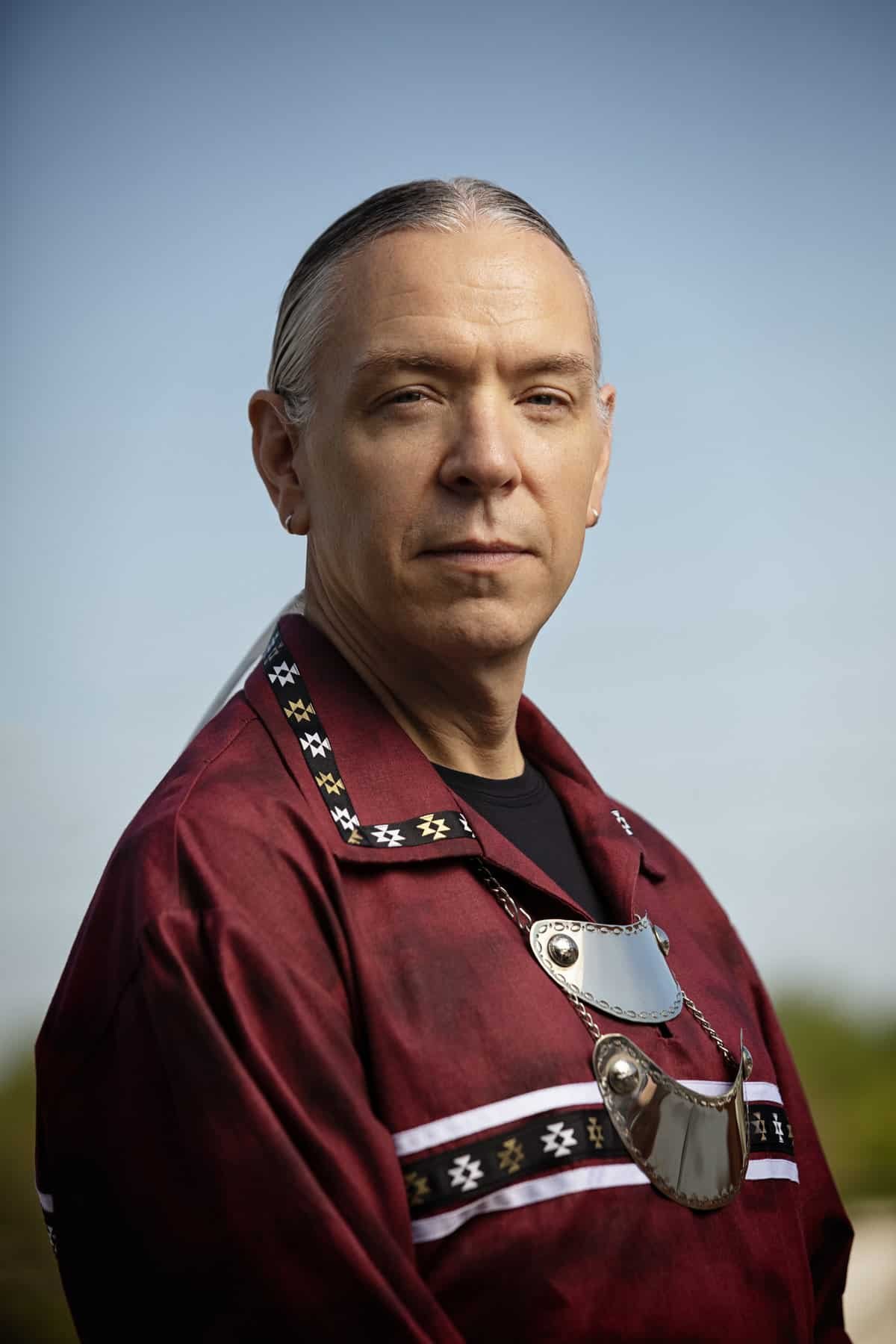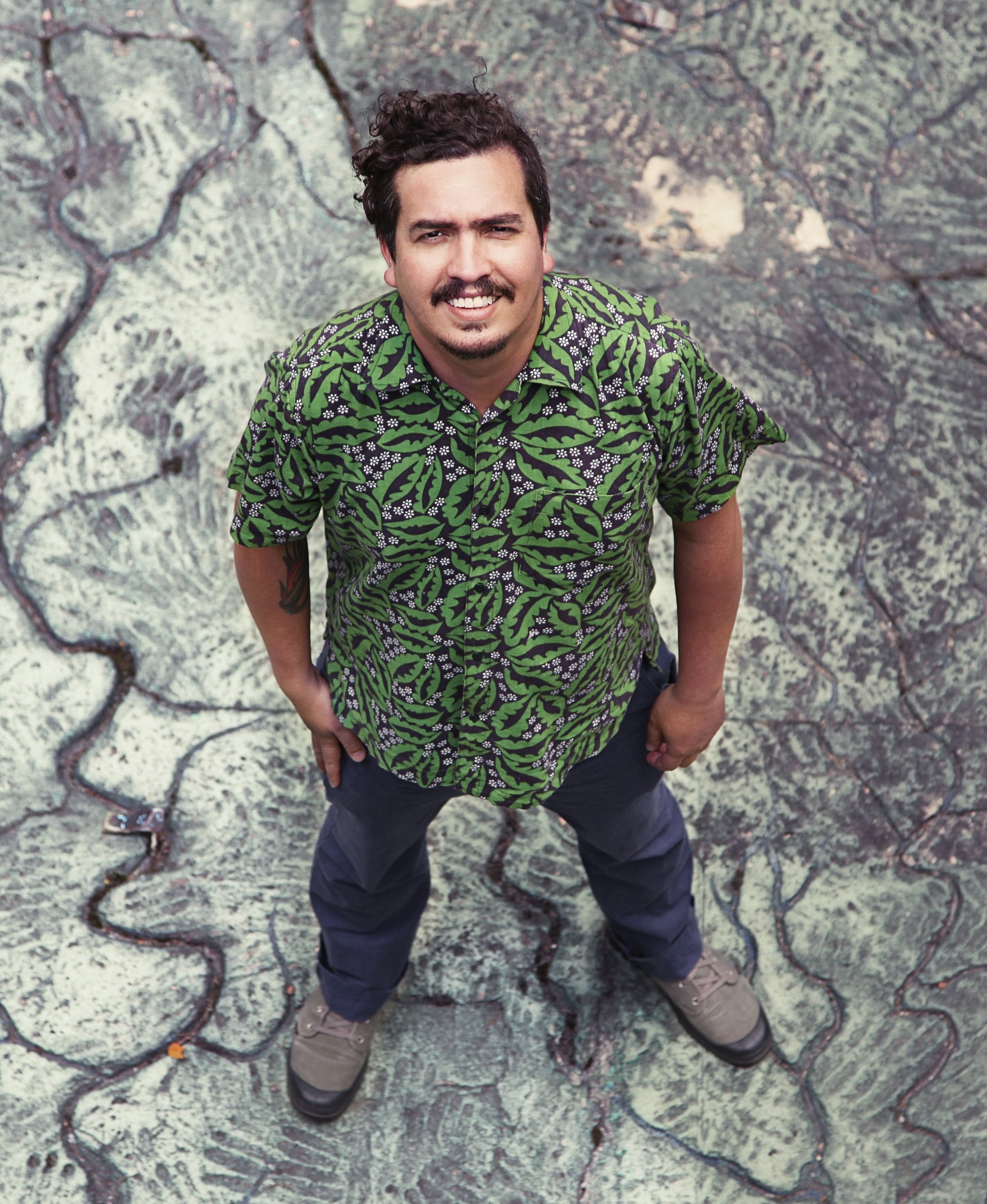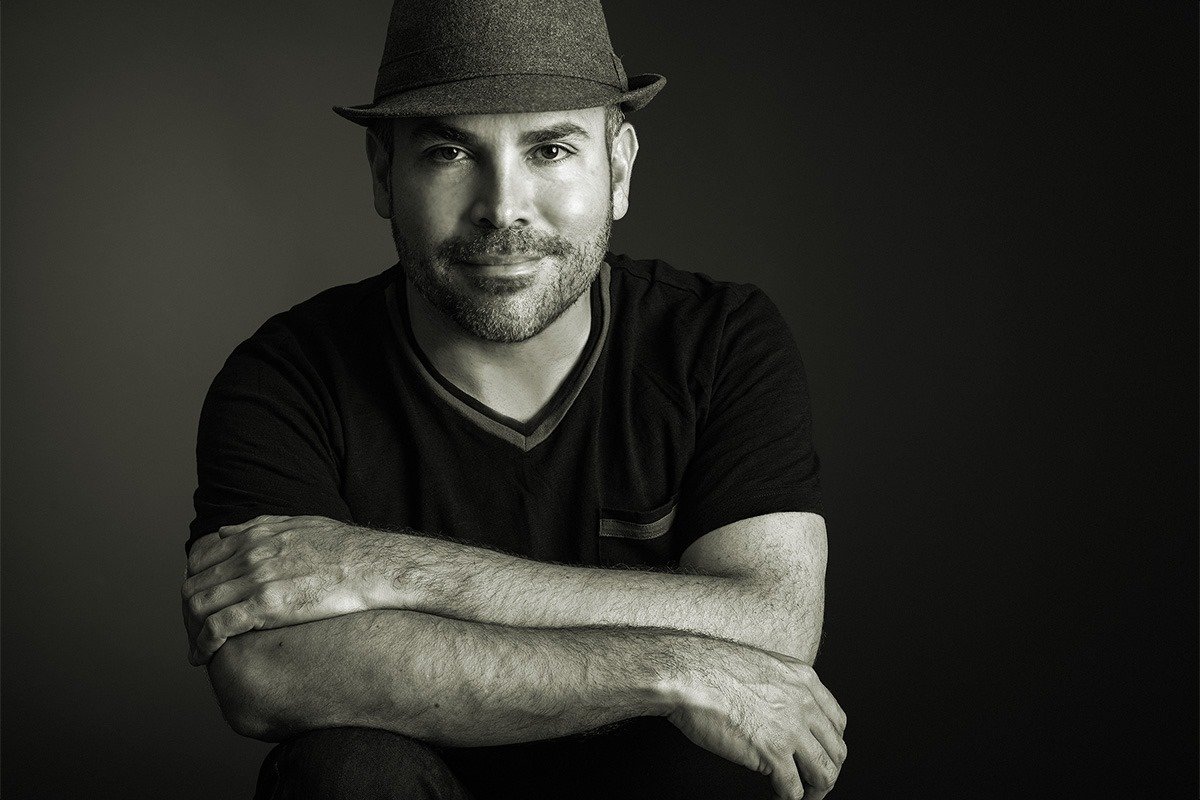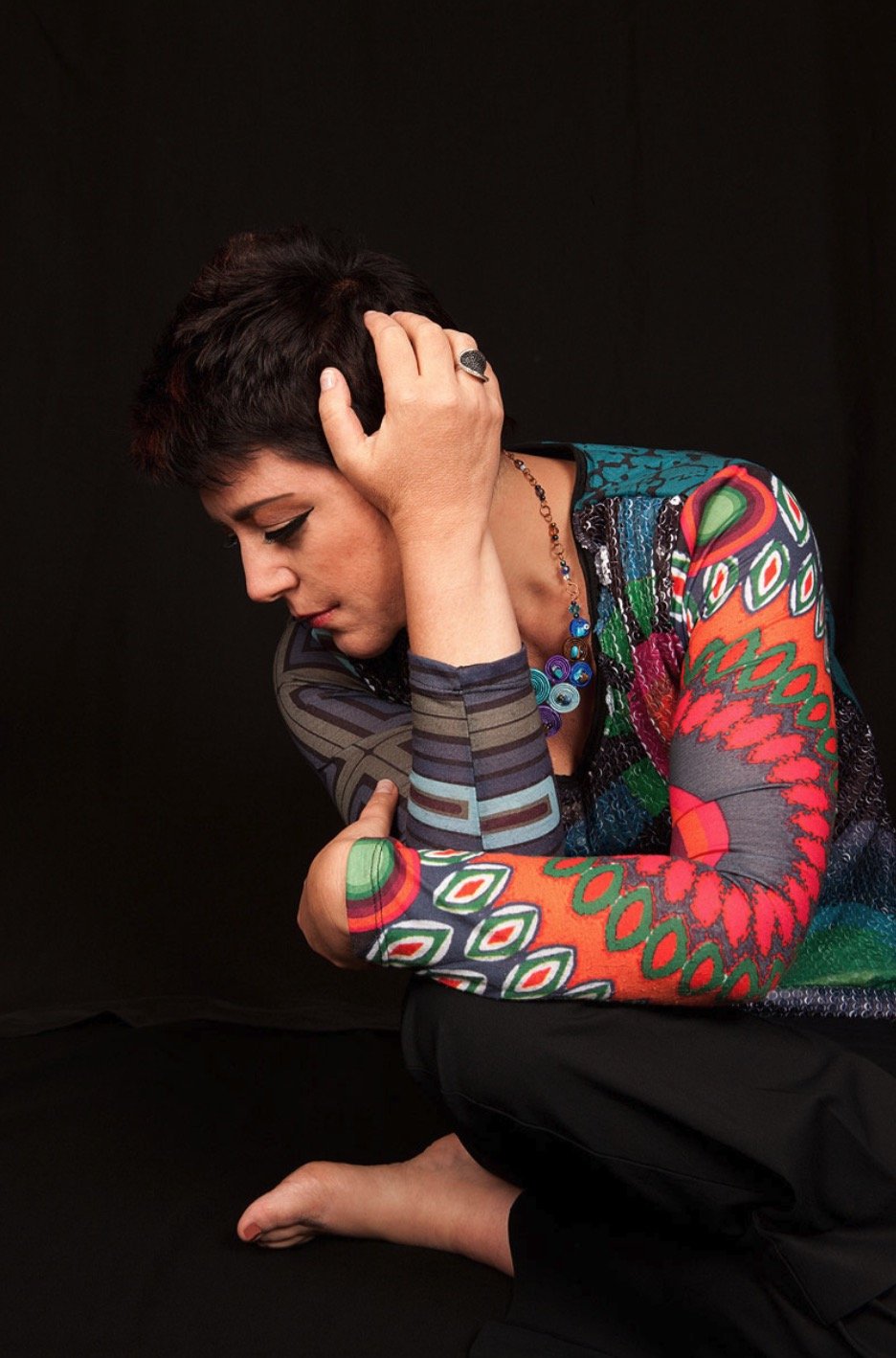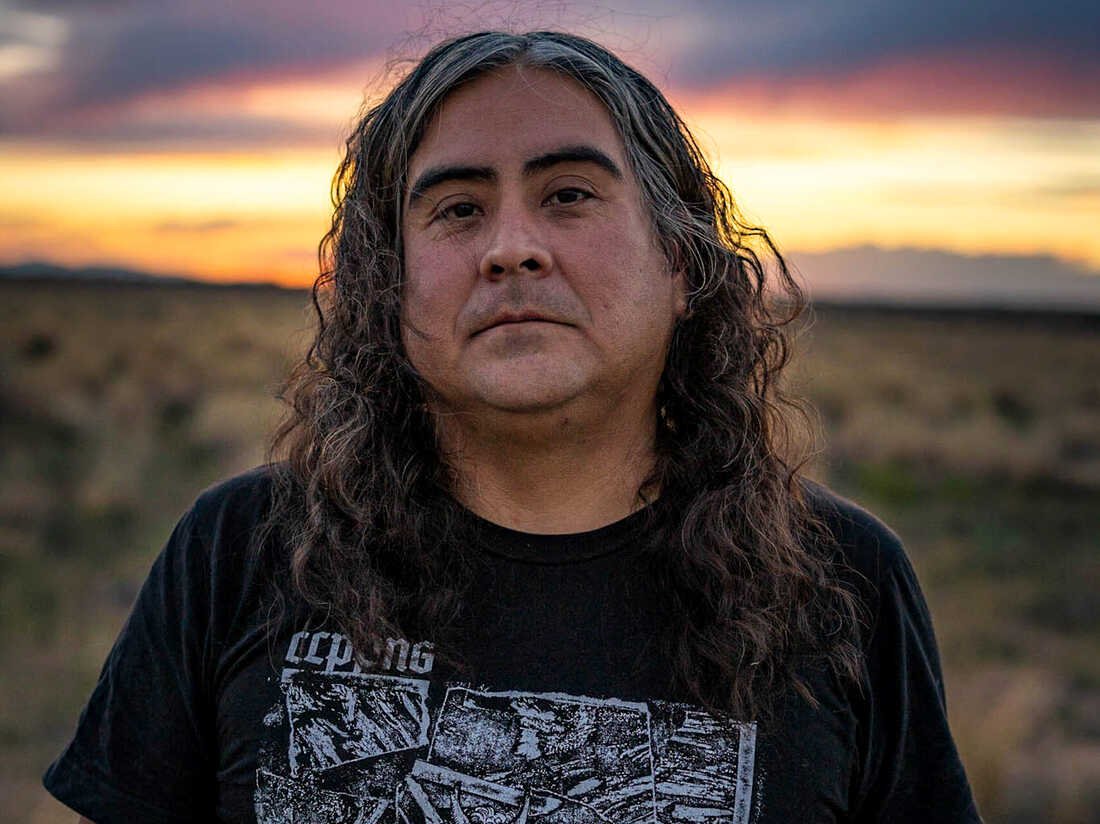JULY 8, 2023
WAPATO ISLAND FARM
15115 NW Gillihan Rd, Portland, OR 97231
3A’s resident string quartet, pays tribute to the sacred land, and to Wapato Island Farm’s Latinx roots, with Roots & Strings, a program of works by Mexican, Cuban, and North & South American Indigenous composers. From Gabriela Ortiz’s dream sequences and pounding Mexican rhythms, to Jerod Impichchaachaaha’ Tate’s personal homage to his Pueblo cousins, come feel the rhythm of the earth and its people. More info on the works can be found below.
Personel:
Megumi Stohs Lewis, violin
Hae-Jin Kim, violin
Wendy Richman, viola
Valdine Ritchie Mishkin, cello
Gerardo Calderon is a composer, teaching artisat, producer and multi-instrumentalist. Born in Mexico City. He grew up surrounded by music, dance and culture. Gerardo is the musical director of Grupo Condor and Nuestro Canto, and has pursued his interest in learning about traditional Mexican music, Latin American folk music and Pre-Colombian music. He has performed with folk music ensembles in Mexico, Canada, New England, and the Pacific Northwest, and He has also toured with choir and world music ensembles through out the USA. Gerardo has composed music and designed sound for contemporary Ballet companies, documentaries, short films, commercials, theater companies, and cultural organizations. For Fresh Air Fest, Gerardo composed a soundwalk composed by Gerardo Calderon in response to the land, sky and tributaries of Wapato Island. What is a soundwalk?
Co-Presented by The Bodecker Foundation & Third Angle:
Brooklyn-based electronic indie band Balún self-identify as transnational. The quartet that broke out of the San Juan indie scene a decade ago has undergone a formational odyssey through the industry, academia, and the stateside Puerto Rican experience. Balún’s long-awaited sophomore album Prisma Tropical focuses a vast field of genres and influences into a revelatory sound that evokes both the band’s homes and the distance between them. Heavy doses of tiple, bomba barrel drum, and dembow work alongside loops and layers of shimmering synths to accomplish something explicitly of the island, yet fluent in the language of global pop. Tied together around the magical realism of singer and composer Angélica Negrón’s lyrics, Balún’s deep understanding of reggaeton's Jamaican dancehall roots has transformed their shoegaze pop into “dreambow.”
Balún's LP 'Prisma Tropical' was released on July 20th, 2018 via Goodchild Music and premiered on NPR’s First Listen. Their single 'La Nueva Ciudad' Premiered on Remezcla and was Spotify Latino's Song of the Day, breaking into the Viral Charts globally and in 8 countries including Spain, Mexico, Chile, & Argentina. 'Prisma Tropical' was one of NPR’s Top 50 Albums of 2018, placed #4 in Rolling Stone’s Top 10 Latin Albums of 2018, and The New York Times named the single “Años Atrás” one of the "Best 65 Songs of 2018".
Balún is Co-Presented by The Bodecker Foundation & Third Angle New Music. A huge Thank You to The Bodecker foundation for support in lodging our guest artists for this show!
ABOUT THE WORKS - ROOTS AND STRINGS
Pisachi (2013) By Jerod Tate
Pisachi (Reveal) is composed in six epitomes, or sections, and was originally commissioned to be performed within a slide show exhibit for ETHEL’s touring project entitled Documerica.
Pisachi was concieved to be paired with images of the American Southwest. In doing so, the work draws specifically from Hopi and Pueblo Indian music, rhythms and form. The opening viola solo is a paraphrase of a Pueblo Buffalo Dance and becomes material throughout the work. Later, the work refers to Hopi Buffalo Dance and Elk Dance music. It is the composer’s intent to honor his Southwest Indian cousins through classical repertoire. Pisachi is the Chickasaw word for reveal and is pronounced pee-sah-chee.
Tolo Midi (2018) By Mario Galeano Toro
Composed for 50 For The Future: The Kronos Learning Repertoire
“Tolo Midi is a piece influenced by the rhythmic and melodic universe of Cumbia, a musical style born in the Colombian Caribbean as a result of the encounter between indigenous American, African and European people. It is a rhythmic piece that wants to give the interpreter an immersion into syncopation and the fundamental legacy of Africa in America (be strict with accents!), while exploring native melodic phrasing from the Tolo, one of the names of the indigenous flutes that provided the melodic identity for Cumbia. Although Cumbia originated in Colombia, it spread impressively through the whole continent unlike no other style in the Americas. The piece could even be performed from California to Patagonia and be recognized as local.” — Mario Galeano Toro
José Elizondo (1997) BY ANDREW NORMAN
Danzas Latinoamericanas is a suite inspired by dances from Argentina (tango), Brazil (bossa nova), and Mexico (jarabe).
Otoño en Buenos Aires is a passionate tango that pays homage to the music of Astor Piazzolla and Carlos Gardel.
Pan de Azúcar is named after the famous mountain in Rio de Janeiro. It is inspired by Brazilian bossa nova. It echoes the sensuous music of Antonio Carlos Jobim and Heitor Villa-Lobos. The melodies in this piece are expressive, melancholic and peaceful, with a general mood of "joyful serenity".
Atardecer Tapatío is inspired by Mexican jarabe folk-dance music and the sound of “mariachi” bands. The music is worry-free, festive and full of life. It is a tribute to the composer’s homeland.
Aroma foliado (2006) BY Gabriela Ortiz
Khazn’s Recitative: Elu D’vorim (2003) By Gabriela Lena Frank
As a little girl, I was enamored with the stories of an exotic Perú told by my mother and father — exotic, dangerous, appalling, funny... The music that my mother brought with her to the States upon leaving Perú and marrying Dad only enhanced my attraction to her culture. It spoke volumes to me with its quena flutes, zampoña panpipes, drums, and mandolin-like charango guitars, and as a classically-trained composer and pianist today, I incorporate its influences into my own music.
But, I’m not Peruvian. Or, I should say — I’m not a pure-blooded Peruvian, born in the mother country. As a child growing up in Berkeley, CA, I was but one of many mixed-blood children, a gringo-born mestiza. And while I represented the exotic gringo wing of the family to my maternal relatives, I was equally exotic to — and loved by — my paternal relatives. They still claimed, with great pride, their Jewish-Lithuanian heritage and I would see the musical evidence of such at weddings when Eastern European-derived klezmer songs would be performed.
The idea to write music that drew on both of my heritages came to me a few years ago one Christmas morning in the family home. After witnessing my efforts in studying Latin American music here and abroad for some time, my father gave me a stack of Jewish music CDs with the note: “Because I have to compete!” I remember laughing long and hard at that, but an inspiration was born then: The idea to write a piece of music painting scenes from the experiences of the Jewish-American closest to me, my father, in Perú. The result is Khazn’s Recitative: Elu D’vorim.
In the preparation for this piece, Dad and I held conversations that I recorded about the Peace Corps junket in the early sixties that took him to South America, and to my mother. We also discussed in detail his upbringing and training in Judaism in a post-World War II Bronx neighborhood. Contrary to my expectations, perhaps formed over the years from my exposure to the aforementioned family weddings I had attended, klezmer music did not loom large in my father’s heart. Rather, he spoke of being moved by the many renowned Jewish cantors (“khazn”) that would sing in New York synagogues at the time. To him, they sounded like grown men crying, and crying without embarrassment or inhibition in front of the congregation.
In our recorded conversations, I played historic recordings of different cantors for Dad, and those that my father identified as sounding “right” to him belonged to Moshe Koussevitzky (1899-1966), a cantor who came from the same country as my father’s ancestors, Lithuania, and who sang in temples in the Bronx and Brooklyn during my father’s boyhood. Perceiving this to be no accident, this piece is in the style of Koussevitzky’s singing and utilizes Elu D’vorim (which he was famous for), sung on Shabbat. It is for solo violin only, as traditional cantor singing is done without accompaniment. On a personal note, what struck me about Koussevitzky’s singing was that his voice reminded me of Dad’s, a startling realization! The deep feeling, the rise and fall of the lines, the lingering for emphasis are hallmarks of Dad to me.
— Gabriela Lena Frank
Double Weaving (2014) By Raven Chacon
A core value of 3A is uplifting underrepresented artists and composers and featuring voices from our time. Music written by these Latinx and North & South American Indigenous composers will be performed on Roots & Stings program.
Pictured left to right: Jerod Tate, Mario Galeano Toro, José L. Elizondo, Gabriela Ortiz, Gabriela Lena Frank, Raven Chacon
Wapato Island Farm is a woman-owned, 32-acre working farm located on Wapato Island (Sauvie Island) in Portland, Oregon. Surrounded by the Columbia River, Wapato Island Farm has maintained ecological integrity, resiliency, and organic standards as it continues to thrive in our climate-vulnerable Pacific Northwest region. The land has hosted a diverse variety of seed, including the sacred three sister crops of corn, beans, and squash. It provides a home for wildlife, and has remained an integral part of Sauvie Island’s working land and community.
